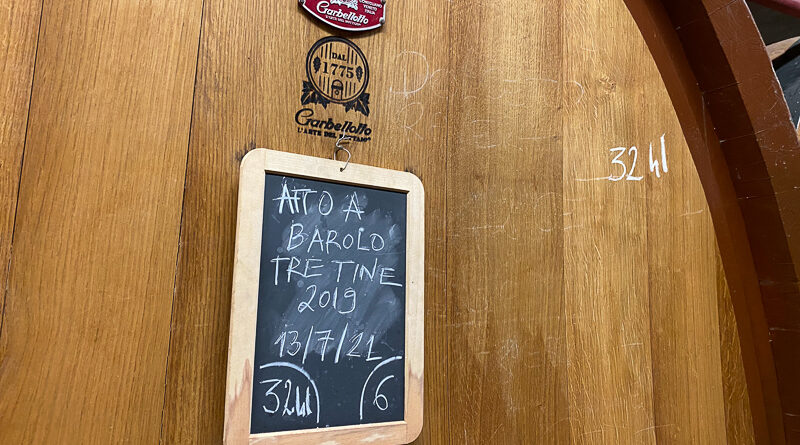In Piedmonte: visiting Giuseppe Rinaldi, with Alessia and Carlotta
This was my first professional visit in Piedmont, and as they go, it was quite a good start. It was at Giuseppe Rinaldi in Barolo, one of the region’s most highly regarded producers, and an arch traditionalist.
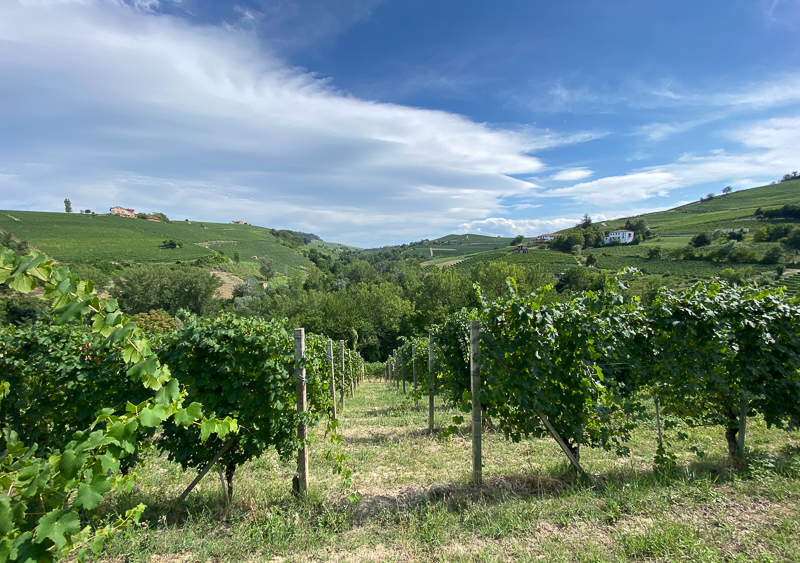
Trained as a vet, Giuseppe (Beppe) Rinaldi took over the family estate from his father Battista in 1992, and carried on making traditional-styled wines that became increasingly sought-after. He died in September 2018 at the age of 69, and now the estate is run by his wife Alessia, with daughters Marta (she specializes in winemaking) and Carlotta (whose focus is vineyards). They were already involved at the time of Beppe’s passing, and the wine style has remained true. We visited with Alessia and Carlotta.
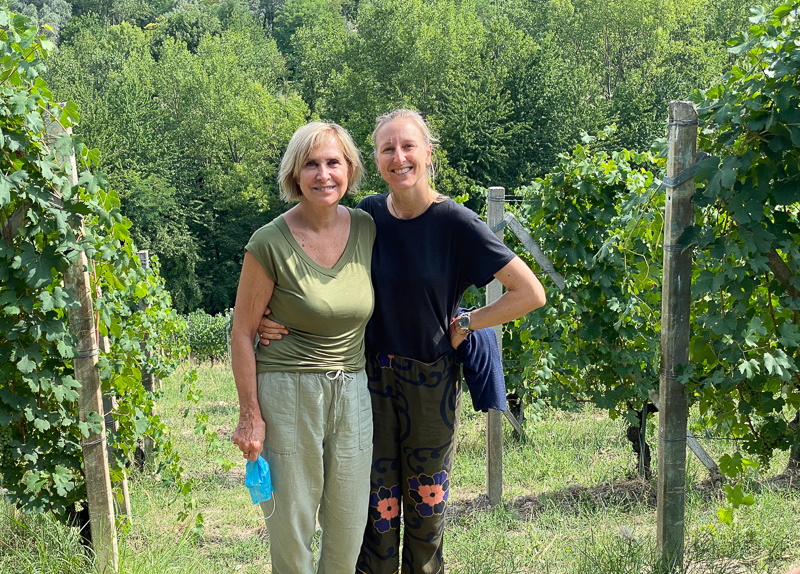
Alessia recalls how things have changed as the Giuseppe Rinaldi wines have become increasingly famous around the world. Back in the day, people would just ring the doorbell and come in. At the weekends, there’d often be 40 or 50 people in the cellar, with Beppe holding fort. But times have changed: now, having an open-door policy would be impossible, because so many people ask to visit.
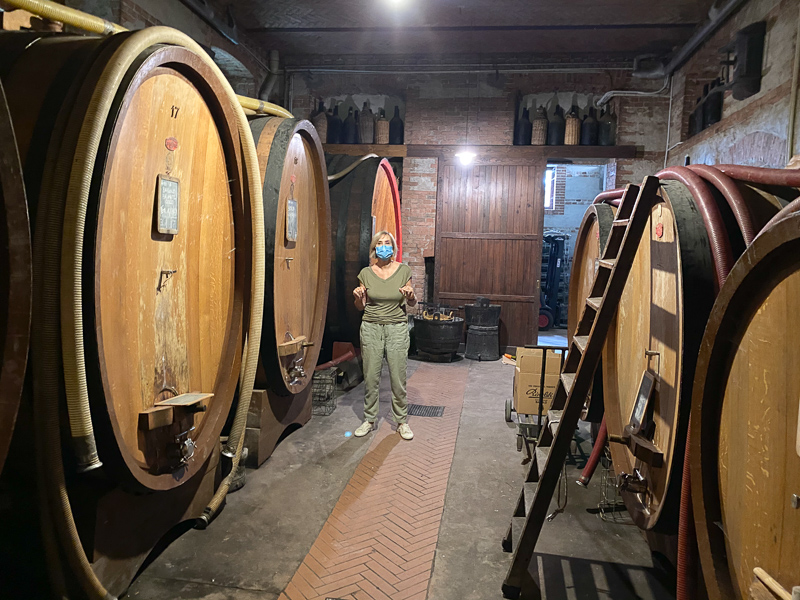
The main part of the cellar was built in 1916, and then it was added to in the early 1990s. Beppe then made a big extension in 2004, creating a new cellar for holding stock.

Fermentation is in oak vats, and ageing is exclusively in large Slavonian oak barrels (botti). All the grapes are destemmed: no whole bunch is used here. And all the ferments are spontaneous. Once fermentation starts they give the developing wine quite a bit of oxygen with pump-overs twice a day. Towards the end of ferment they switch to punching down, and the wine stays on skins until about day 25-30, before being pressed to botti. The difference between the wines reflects the vineyard differences.
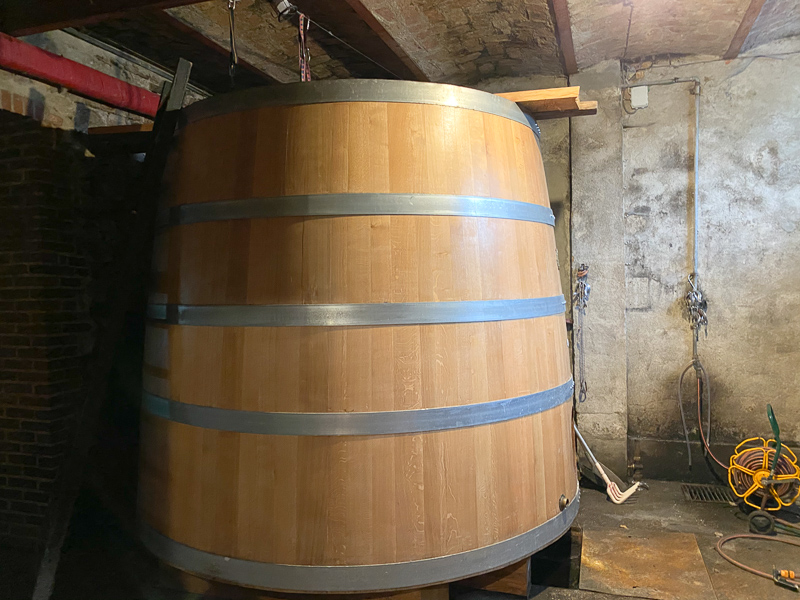
The largest fermenter is called Tina and is a new version of the previous vat that had been in operation since the beginning of the domaine. It is used to ferment Brunate, the largest parcel they work with. It was built in the Veneto, then dismantled, moved here, and then it took two days to install it.

Production is 40 000 bottles or so per year, and bottles find an instant home (and are fiendishly difficult to track down on the secondary market). Giuseppe began with 10 hectares, including some forests and gardens, and 6.5 hectares of vines. They recently added another 1.3 hectare plot, in Bussia (it’s the closest part of Bussia to Barolo). ‘Bussia is a new adventure,’ says Carlotta. ‘It is the only parcel that we have that is Southwest facing: all the others are South facing. In the parcels in which you see afternoon sun you have to take care of the canopy to avoid sunburn.’

The soils here are mostly marls, with sand and clay layers. Le Coste and Cannubi have more sandy soils, which appear white in colour and are rich in active limestone. They have very good drainage. Brunate is a deep, complex soil rich in marl. We had a look at the Le Coste vineyard that adjoins the winery.
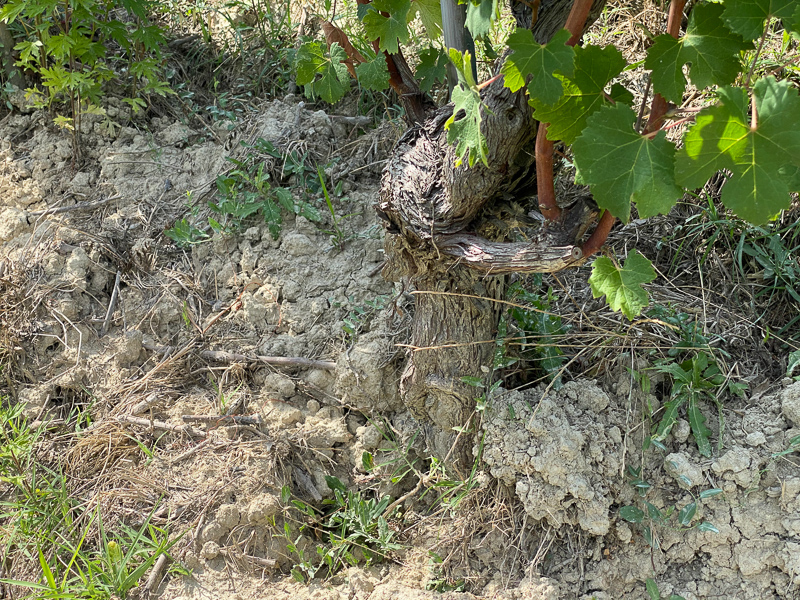
Have there been many changes in the vineyards? ‘It is adaptation rather than changes,’ says Carolotta. ‘The work done by my father and grandfather was high quality. Soil management is slightly different. Climate change is forcing us to think about the vineyards in smaller areas,’ she says noting that their viticulture is now more targeted to certain parcels. ‘Back in the day you would do everything the same for the whole area at the same time. Now if you do a cover crop you think about an area in one vineyard. Or you take care of the canopy in a certain way.’
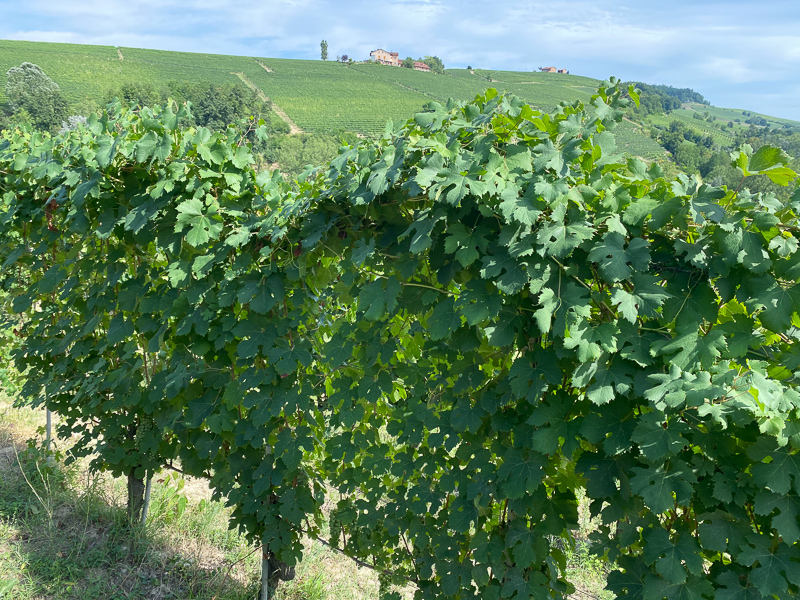
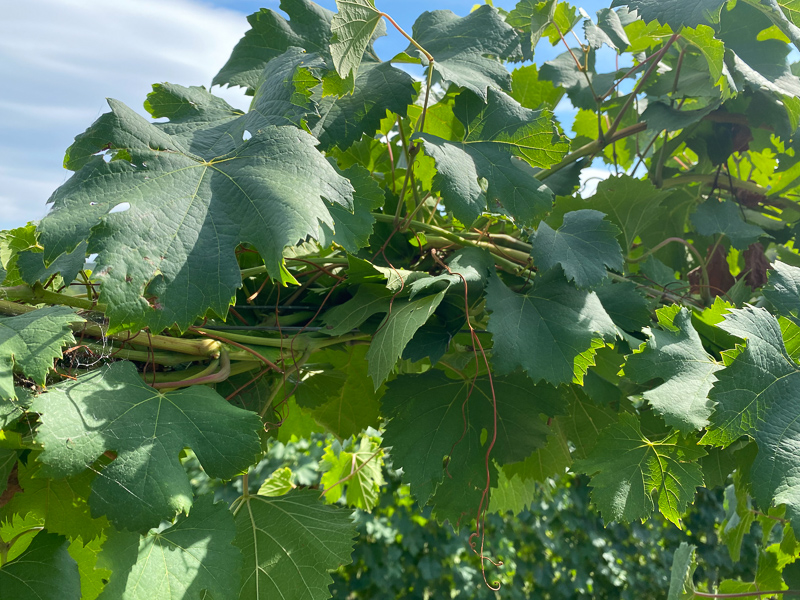
One of the old viticultural practices they have reinstated is tressage, where rather than trim the growing tips of the vines by hedging them, they tuck the shoots back in. ‘My grandfather used to do this,’ says Carlotta. She started in Cannubi, where the vineyard parcel had been replanted with a vigorous clones in 1996. Not trimming the shoots inhibits the growth of laterals. ‘I realised straight away how strong the impact is,’ she says. ‘Nebbiolo never stops growing and you can find 7 m long shoots.’ The only down side to tressage is that it is more complicated when you prune and you have to pull down the shoots.
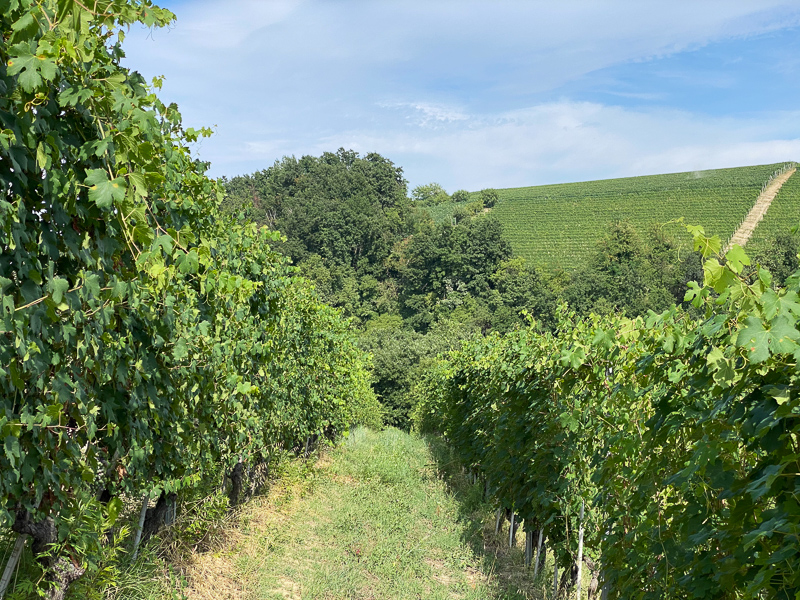
Before 2010 the two Barolos in the range were Brunate-Le Coste and Cannubi San Lorenzo-Ravera. But there was a rule change: along with delineating the MGAs (the Piedmont term for Cru, which translates as Menzioni Geografiche Aggiuntive) the authorities made it illegal to put more than one of these names on the label. Beppe was not best pleased by this move. He increased the proportion of Brunate to 95% in Brunate-Le Coste so it could simply be Brunate, and added some Le Coste to the Cannubi San Lorenzo-Ravera, so this became Tre Tine.
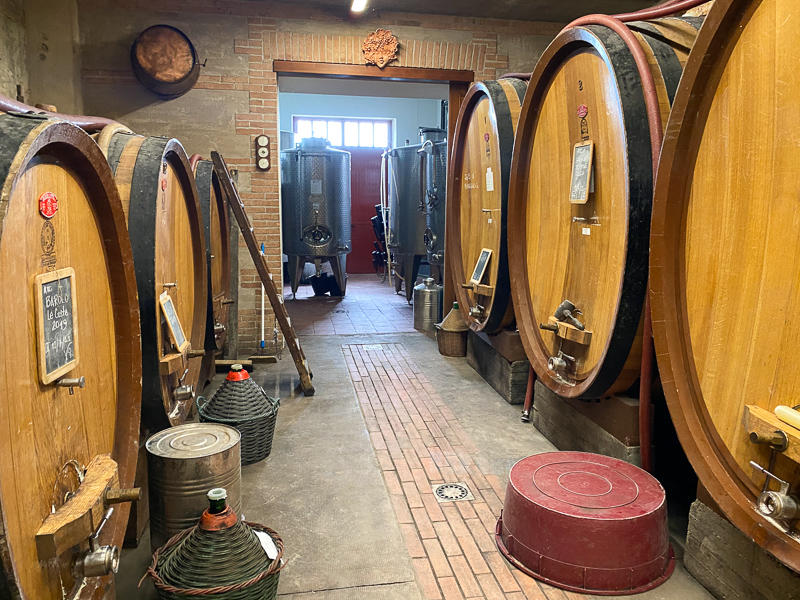
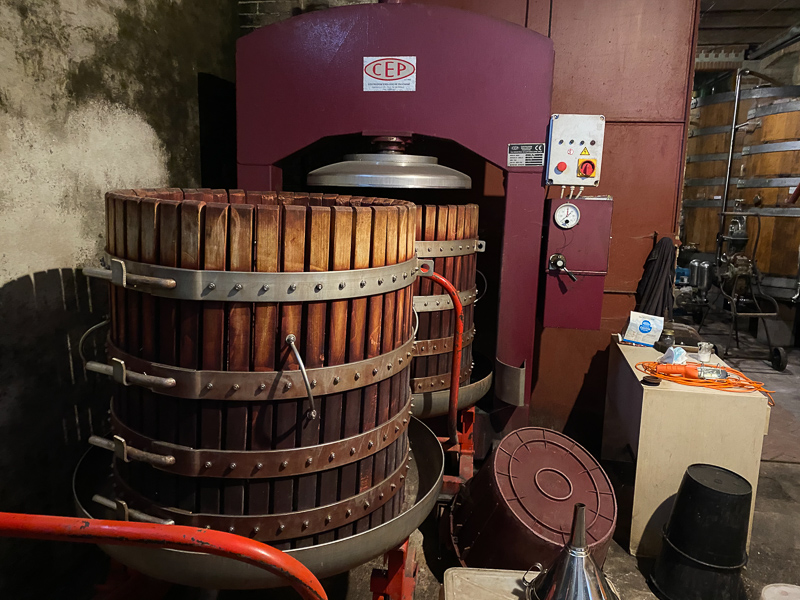

THE WINES
Giuseppe Rinaldi Barolo Tre Tine 2018 (cask sample)
This is floral and expressive with lovely black and red cherry fruit. It shows appealing sweet fruit, a smooth texture and fine-grained structure, as well as hints of tar and spice. There’s an amazing texture to this wine which combines sweet fruit with good structure. So beautifully expressive. 95/100
Giuseppe Rinaldi Barolo Brunate 2018 (cask sample)
This has 15% Le Coste in the blend. Aromatic nose with sweet red cherries, plums and spice, as well as a bit of raspberry freshness. This has lovely floral fruit, as well as some savoury notes of iron and blood. But there’s a thrilling elegance: fine, juicy red fruits with good focus. There’s some richness here, for sure, but it is precise and pure. 96/100
Giuseppe Rinaldi Barolo Brunate 2017
This was a very dry vintage with some rain at the end of May, then none save a little rain in August that saved the vintage. They picked 13 September, which is very early (October is the norm here). Sweetly aromatic with liqueur-like red cherry and black cherry fruit, as well as hints of leather and dried herbs. It’s ripe, smooth and liqueur-like on the palate with sleek cherry fruit, but also showing good structure and density, with good grip and a hint of pepper. Some firmness on the finish. 95/100
Giuseppe Rinaldi Langhe Freisa 2019
Fresh and supple, with green-tinged black cherry fruit on the nose. Lovely detail here: sappy, juicy and well structured, with hints of iodine and minerals. This is bright and has nice tannic structure. It’s pretty, but there’s also some seriousness and amazing precision. A serious, structured expression of Freisa. 94/100
Giuseppe Rinaldi Langhe Nebbiolo 2015
This is fantastic, with sweet silky black fruits and a fine graininess to the fruit. Has some raspberry and cherry notes with a hint of tar. So fine, this shows real beauty. 94/100
Older notes from 2018:
Giuseppe Rinaldi Rosae Vino Rosso 2014 Piedmont, Italy
12.5% alcohol. This is a varietal Ruché. Juicy, bright and lively with a little bit of lift, and some spicy, slightly animal notes hiding under the supple, sweet, pure red and black cherry fruit, Lively, poised and refreshing with some spicy interest. A little wild in a good way. 91/100
Giuseppe Rinaldi Langhe Nebbiolo 2015 Piedmont, Italy
Focused sweet cherry and plum fruit. Lovely bright fruit with some supple cherries and herbs. Very fine and detailed. 93/100
Find these wines with wine-searcher.com

